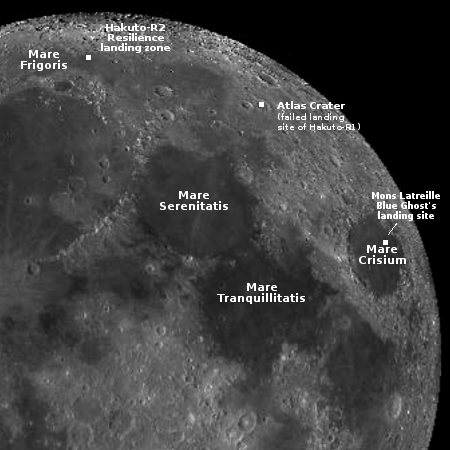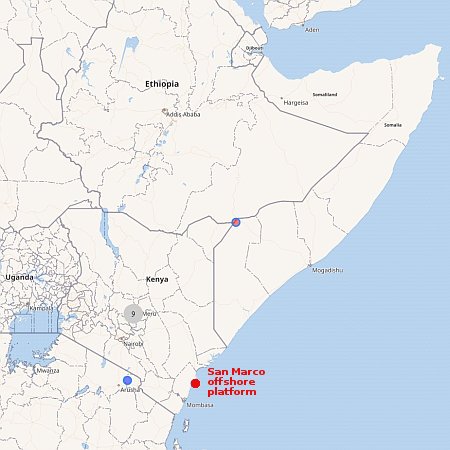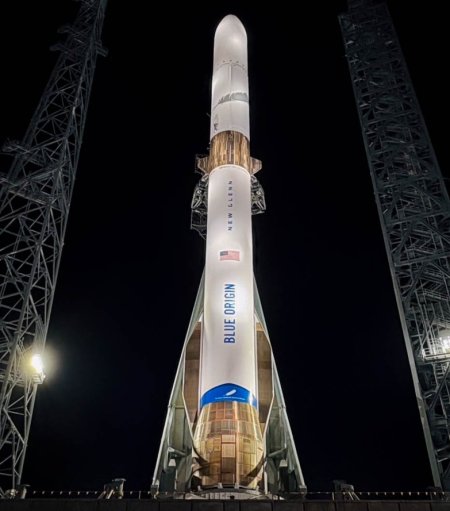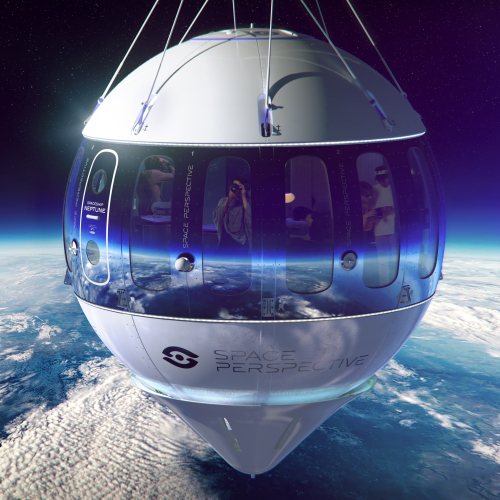FCC approves use of Starlink for direct cell-to-satellite T-Mobile service
Despite objections from all of SpaceX’s competitors, the FCC has now approved the use of its Starlink constellation for direct cell-to-satellite service as part of T-Mobile’s cellular network.
The decision noted that many technical issues still must be cleared.
There are a few limitations on how this type of service (which the FCC calls “supplemental coverage from space,” or SCS) can work. Right now it officially has to operate as an extension of an existing terrestrial provider, in this case T-Mobile. That’s because the regulations on how you broadcast stuff in space are different from those for how you broadcast stuff to and from a phone (as opposed to a base station antenna). AT&T, for its part, is partnering with AST SpaceMobile.
SpaceX must also be sure that its service does not interfere with other services on the ground, while the ground services do not have to worry about whether they might interfere with the satellite signals.
Nonetheless, this approval likely means that soon users of T-Mobile (as well as AT&T) will no longer have any dead zones. When there are no cell towers available, their phones will simply access the orbiting constellations of either Starlink or AST SpaceMobile.
Despite objections from all of SpaceX’s competitors, the FCC has now approved the use of its Starlink constellation for direct cell-to-satellite service as part of T-Mobile’s cellular network.
The decision noted that many technical issues still must be cleared.
There are a few limitations on how this type of service (which the FCC calls “supplemental coverage from space,” or SCS) can work. Right now it officially has to operate as an extension of an existing terrestrial provider, in this case T-Mobile. That’s because the regulations on how you broadcast stuff in space are different from those for how you broadcast stuff to and from a phone (as opposed to a base station antenna). AT&T, for its part, is partnering with AST SpaceMobile.
SpaceX must also be sure that its service does not interfere with other services on the ground, while the ground services do not have to worry about whether they might interfere with the satellite signals.
Nonetheless, this approval likely means that soon users of T-Mobile (as well as AT&T) will no longer have any dead zones. When there are no cell towers available, their phones will simply access the orbiting constellations of either Starlink or AST SpaceMobile.







